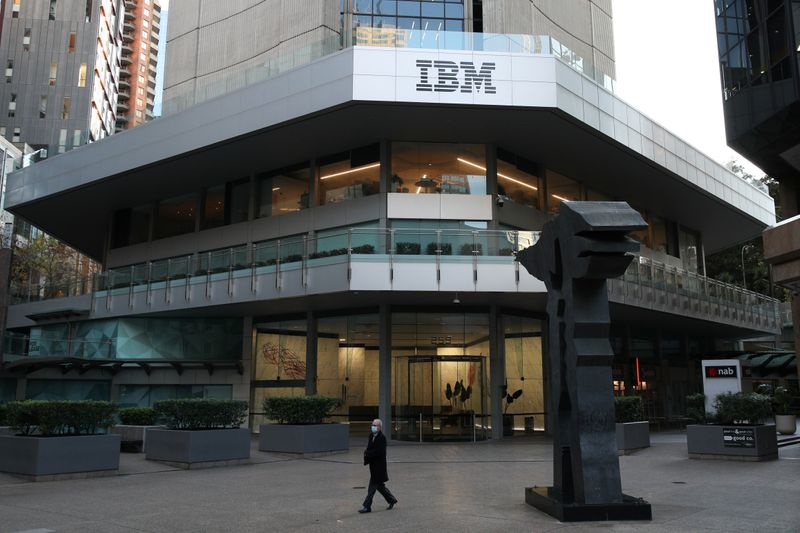Air Canada moves to lock out flight attendants after talks collapse
IBM (NYSE:IBM) (IBM) and RIKEN, a national research laboratory in
IBM Quantum System Two at RIKEN is powered by IBM’s 156-qubit IBM Quantum Heron, the company’s best performing quantum processor to-date. IBM Heron’s quality as measured by the two-qubit error rate, across a 100-qubit layered circuit, is 3x10-3 (with the best two-qubit error being 1x10-3) — which is 10 times better than the previous generation 127-qubit IBM Quantum Eagle. IBM Heron’s speed, as measured by the CLOPS (circuit layer operations per second) metric is 250,000, which reflects another 10x improvement in the past year, over IBM Eagle.
At a scale of 156 qubits, with these quality and speed metrics, Heron is the most performant quantum processor in the world. This latest Heron is capable of running quantum circuits that are beyond brute-force simulations on classical computers, and its connection to Fugaku will enable RIKEN teams to use quantum-centric supercomputing approaches to push forward research on advanced algorithms, such as fundamental chemistry problems.
The new IBM Quantum System Two is co-located with Fugaku within the RIKEN Center for Computational Science (R-CCS),
This quantum computer expands IBM’s global fleet of quantum computers, and was officially launched during a ribbon-cutting ceremony on
"The future of computing is quantum-centric and with our partners at RIKEN we are taking a big step forward to make this vision a reality," said
"By combining Fugaku and the IBM Quantum System Two, RIKEN aims to lead
The installation of IBM Quantum System Two at RIKEN is poised to expand previous achievements by RIKEN and IBM researchers as they seek to discover algorithms that offer quantum advantage: the point at which a quantum computer can solve a problem faster, cheaper, or more accurately than any known classical method. This includes work recently featured on the cover of Science Advances, based on sample-based quantum diagonalization (SQD) techniques to accurately model the electronic structure of iron sulfides, a compound present widely in nature and organic systems. The ability to realistically model such a complex system is essential for many problems in chemistry, and was historically believed to require fault-tolerant quantum computers. SQD workflows are among the first demonstrations of how the near-term quantum computers of today can provide scientific value when integrated with powerful classical infrastructure.
Should you invest $1,000 in IBM right now?
Don't miss out on the next big opportunity! Stay ahead of the curve with ProPicks AI – 6 model portfolios powered by AI stock picks with a stellar performance in 2024.
Unlock ProPicks to find out